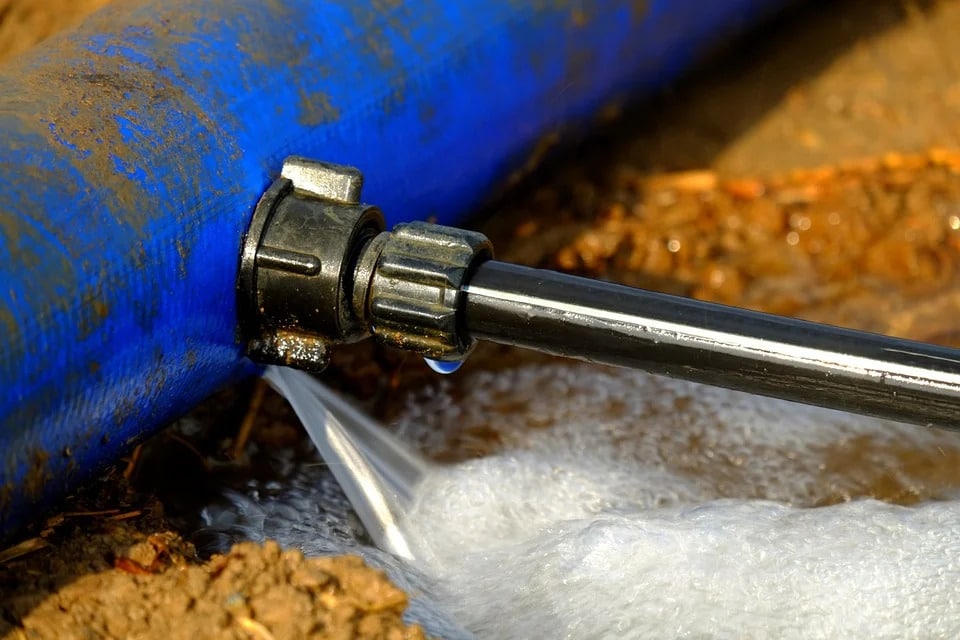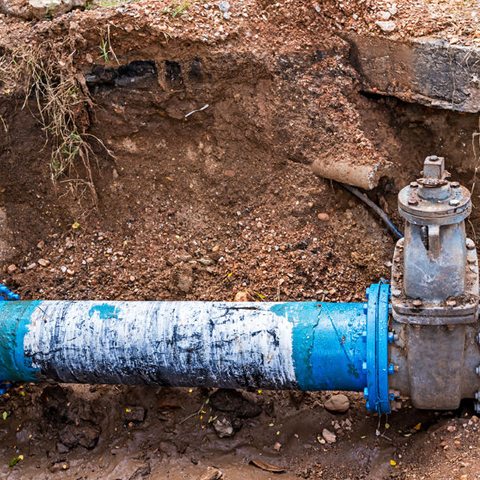Quick-Response Plumbing: Tips for Identifying as well as Fixing Ruptured Pipes
Quick-Response Plumbing: Tips for Identifying as well as Fixing Ruptured Pipes
Blog Article
The content listed below in relation to How to install a dishwasher safely is really informative. Read it for yourself and see what you think of it.

A ruptured pipeline is a major emergency; you can only stand as you enjoy water you pay very much to reunite with the planet. In even worse situations, you observe a pool on your kitchen area flooring, which is a great trip threat, specifically if you have children around. If the pipeline that burst remained in your walls, bad news: you might require to repaint that entire area.
Just how can a calamity like a burst pipeline be protected against and also managed? Well, by listening to your specialist emergency plumbers and complying with these regulations.
How do I recognize when my pipes have burst?
Changing water stress
Pipelines do not simply burst in a day. You might have noticed that your kitchen tap or shower doesn't run instantly when you turn the faucet. It may pause for a few seconds and then blast you with more force than normal.
In various other circumstances, the water might appear regular in the beginning, then drop in pressure after a few seconds.
Wet walls and water spots
Before a pipe bursts, it will leak, a lot of times. If this consistent dripping goes undetected, the leakage might finish right into a large tear in your pipeline. One simple method to prevent this emergency is to watch out for damp wall surfaces advertisement water spots. These water spots will lead you right to the leak.
Puddles under pipes and sinks
When a pipe bursts, the discharge creates a pool. It might show up that the pool is growing in size, and no matter how many times you mop the pool, in a couple of mins, there's one more one waiting to be cleaned up. Typically, you may not be able to trace the pool to any kind of noticeable pipes. This is a sign to call a professional plumber.
Untraceable trickling sounds
Pipeline bursts can happen in one of the most undesirable locations, like within concrete, inside walls, or under sinks. When the house goes quiet, you might have the ability to hear an annoyingly persistent trickling sound. Even after you've examined your shower head as well as kitchen area tap, the trickling might continue.
Dear viewers, the leaking may be coming from a pipeline inside your walls. There isn't much you can do about that, other than inform an expert plumber.
Shut down the Water
When water ices up, it expands in quantity by regarding 9 percent. And it increases with incredible force: The stress inside pipes may go from 40 extra pounds per square inch to 40,000 psi! No pipe can hold that much stress, so it bursts. The break may take place where the ice types, but regularly, it happens where water pressure locates a weak spot in the pipeline. That may be inches or even feet from the icy area. Locate the water shutoff valve as well as turn off the water to avoid more damages. You might additionally need to shut down the electrical energy as well, depending upon where the leakages happens and exactly how big it is.
Polluted water
Many people think a burst pipeline is a one-way outlet. Rather the contrary. As water flows out of the hole or tear in your plumbing system, contaminants locate their method.
Your water may be infected from the source, so if you can, examine if your water tank has any kind of problems. Nevertheless, if your drinking water is supplied and also purified by the local government, you should call your plumber promptly if you see or smell anything funny in your water.
What do I do when I detect a burst pipeline?
Your water meter will continue to run also while your water wastes. To lessen your losses, find the primary controls and also turn the supply off. The water pipe are an above-ground framework at the edge of your building.
How to Fix & Detect a Leaking Pipe
How Do I Know if a Pipe is Leaking?
Leak detection tests can help you determine if your pipe has a leak. Even if you don’t see an apparent leak, you should still conduct leak detection tests regularly to save water and money—and prevent major damage to your home.
Water meter. It can be helpful to figure out what your usual water meter usage numbers are and then monitor them regularly. To monitor your meter, first, turn off all water faucets in your home. Check the meter and write down the numbers. In a few hours, check the meter again. If the numbers have changed, you have a leak. Water gauge. Use a water gauge to test your water pressure. Your showerhead should produce a certain amount of water pressure based on its model and design. If the pressure is lower than it is supposed to be for that specific showerhead, your home likely has a leak. Puddles. Look inside your bathroom, laundry, and kitchen sink cabinets. Puddles around the cabinets or around toilets, tubs, showers, and washing machines indicate the presence of a leaking pipe. You may also notice loose tiles, peeling or flaking paint, or mold caused by water accumulation. Napkin test. Even if you don’t see any puddles, you may still have a leak. You can test for water leaks in the bathroom, laundry, and kitchen by wiping below-sink connections with a napkin, paper towel, or piece of toilet paper. If it becomes damp, you probably have a leaking pipe under the sink. Discolored walls. Walls that are discolored—usually with brown or yellow stains—or bulging might mean that they have been impacted by water damage caused by a leaking pipe. Smell. A leaky pipe will create sitting water, and over time, that water may develop a musty smell. If your home smells musty, but you can’t locate the source, it may be due to a leak. Steps for Fixing a Leaking Pipe
A leaky drain can be remedied by tightening the pipe base, replacing the drain seal, caulking the rim, and tightening the pipe nut. Similarly, a leaking toilet pipe can be treated by tightening the packing nut. You may also need to replace the valve. A leaky faucet may just need tightening or replacement of the washers. If that doesn’t work, consider replacing your faucet. If your pipe has a hole in it, you may want to use a pipe leak sealer or pipe leak tape. This quick fix for water pipe leaks can also temporarily fix a copper pipe leak. https://www.ahs.com/home-matters/quick-tips/how-to-tell-if-pipes-are-leaking/

I ran across that entry on What to Know Before Installing a Dishwasher when looking around the web. Sharing is good. Helping people is fun. I praise you for your time. Visit us again soon.
Browse Our Site
Report this page